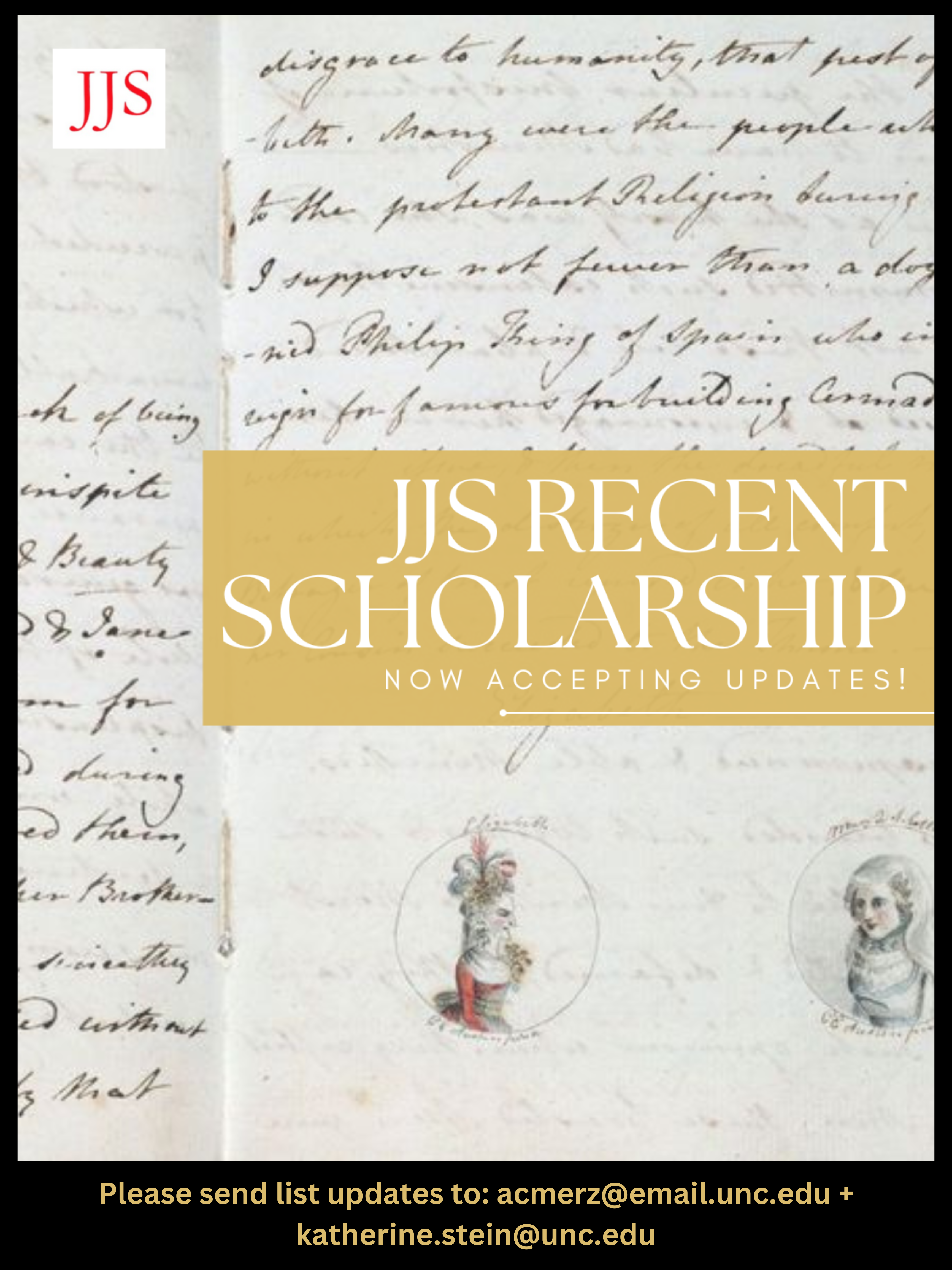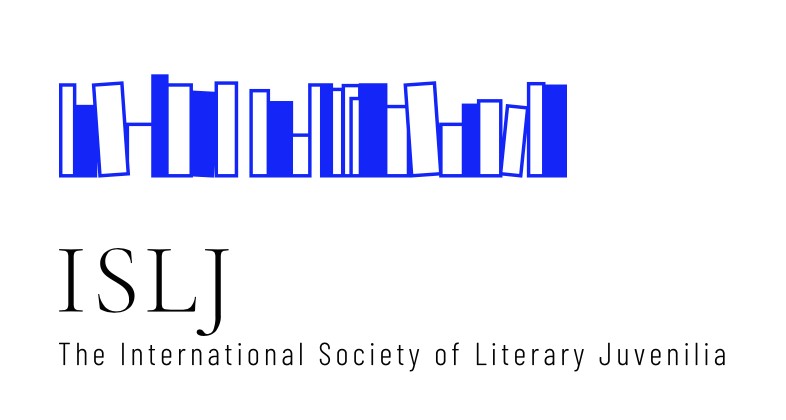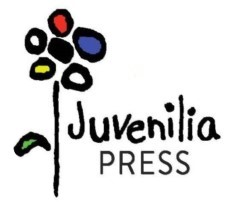“I am making myself remember that awful time”: Juvenilia, Hiroshima, and the Politics of Peace
DOI:
https://doi.org/10.29173/jjs51Abstract
In 1951, Arata Osada, a professor of education at Hiroshima University, took on the grim task of collecting first-hand accounts from children who had survived the atomic bombing of August 6, 1945. Of the over 1000 testimonials he received, he compiled 105 into Genbaku no ko: Hiroshima no shonen to shojo no uttae [Children of the A-Bomb: The Testament of the Boys and Girls of Hiroshima], a book meant to honour the dead and make a bold contribution to peace education. This article argues that children’s writing about the atomic bombing was implicated in multiple, interrelated political projects. The first section examines the writers’ work of navigating the meaning of their survival, as well as Japan’s new pacifist identity; some of the children express ambivalence or even distrust toward this new national script. The second section picks up the more explicit politics that the children’s stories came to represent. The left-leaning Japan Teachers’ Union sponsored two films based on the book, but neither fully achieved the goal of communicating both the deplorable intensity of war and the spiritual imperative of peace to a broader audience. The third section dwells on the extent to which children fought to articulate their grief, and focuses on the unwilling writer, an unusual figure in juvenilia studies. The children were asked to sublimate their pain into the work of peace, but their writing testified instead to an experience that defied articulation altogether, and to a need for resolution that was ultimately beyond their ability or responsibility to deliver. Through Children of the A-Bomb, juvenilia studies can recognize children’s writing as a tool for political action, a site of traumatic memory, and also a fundamentally limited form of communication that could only know the surface of human pain, and leave readers wondering at the soundless depths below.
Downloads
Published
Issue
Section
License
The Creative Commons Attribution-Noncommercial-No Derivatives 4.0 International license applies to all works published by the Journal of Juvenilia Studies and authors retain copyright of their work.
![]()



.jpg)
 Dedicated to the discussion and promotion of literary works by young writers
Dedicated to the discussion and promotion of literary works by young writers

